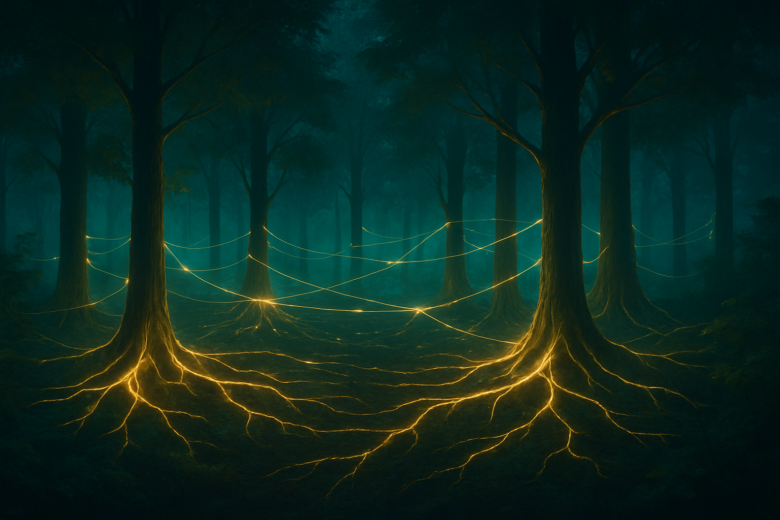Fun Fact: Your tailbone—yes, the little bump at the end of your spine—is all that remains of the tail you lost millions of years ago. Let that sink in: you, a sophisticated Homo sapiens with smartphones and streaming subscriptions, are walking around with a biological souvenir from your tail-wagging ancestors. It’s easy to assume evolution …
Fun fact: Every time you remember something, your brain edits it—just a little. We like to think of our memories as recordings. A mental archive of what really happened. But neuroscience paints a very different picture. “Your Memory Is a Story, Not a File: How Brains Rewrite the Past” isn’t just a poetic metaphor—it’s a …
Fun fact: Just two minutes of staring at something awe-inspiring—like the night sky—can lower your heart rate and reduce stress hormones. It’s a feeling we’ve all experienced: that sudden intake of breath when you see a waterfall crash into a canyon, hear a powerful symphony, or look up at a starlit sky. Goosebumps. A lump …
Fun fact: A forest can “talk”—trees share nutrients and send warnings through underground fungal networks. If that sounds like a scene from Avatar, think again. It’s real. Scientists call it the “Wood Wide Web”, and it’s just one of many clues that suggest something extraordinary: nature may be far more intelligent than we’ve ever imagined. …
Fun fact: The world’s first cloned mammal, Dolly the sheep, was born in 1996—and her birth changed science forever. Once considered the stuff of science fiction and eccentric scientist tales, cloning has now firmly entered the realm of mainstream biology. And no, we’re not secretly growing armies of identical humans in underground labs. But we …
Fun fact: The CRISPR gene-editing tool was inspired by bacteria’s ancient defence mechanism against viruses. It’s the kind of thing that feels like science fiction—editing human DNA with pinpoint precision, rewriting our genetic code like a software update. But with the rise of CRISPR (Clustered Regularly Interspaced Short Palindromic Repeats), that future is already here. …
Fun fact: If you have a pacemaker, a cochlear implant, or even a Fitbit, you’re technically a cyborg. Sounds like science fiction? It’s not. Welcome to the era where machines aren’t just helping us—they’re becoming part of us. In the 21st century, the line between biology and technology is blurring faster than we ever imagined. …
Fun Fact: Emotional trauma doesn’t just live in your head—it may be coded in your cells. Have you ever felt like your body “remembers” something long after your mind has moved on? Maybe it’s a racing heart when you hear raised voices, or a stomach that clenches at the scent of antiseptic. For decades, trauma …
Fun Fact: Your brain creates new neural connections every day—even in your 80s! When we hear the word “plastic,” we think of something synthetic and unchanging. Ironically, when we talk about “brain plasticity,” we’re talking about one of the most dynamic, ever-evolving systems known to humanity—your brain. “Brain Plasticity: How Your Mind Can Heal, Adapt, …
Fun Fact: Your DNA carries time stamps—tiny chemical tags—that scientists can use to estimate how fast (or slow) you’re ageing! Imagine a world where a single blood test could tell you how old your body “really” is—regardless of how many candles were on your last birthday cake. Epigenetic clocks offer an ambitious promise—they’re making waves …










